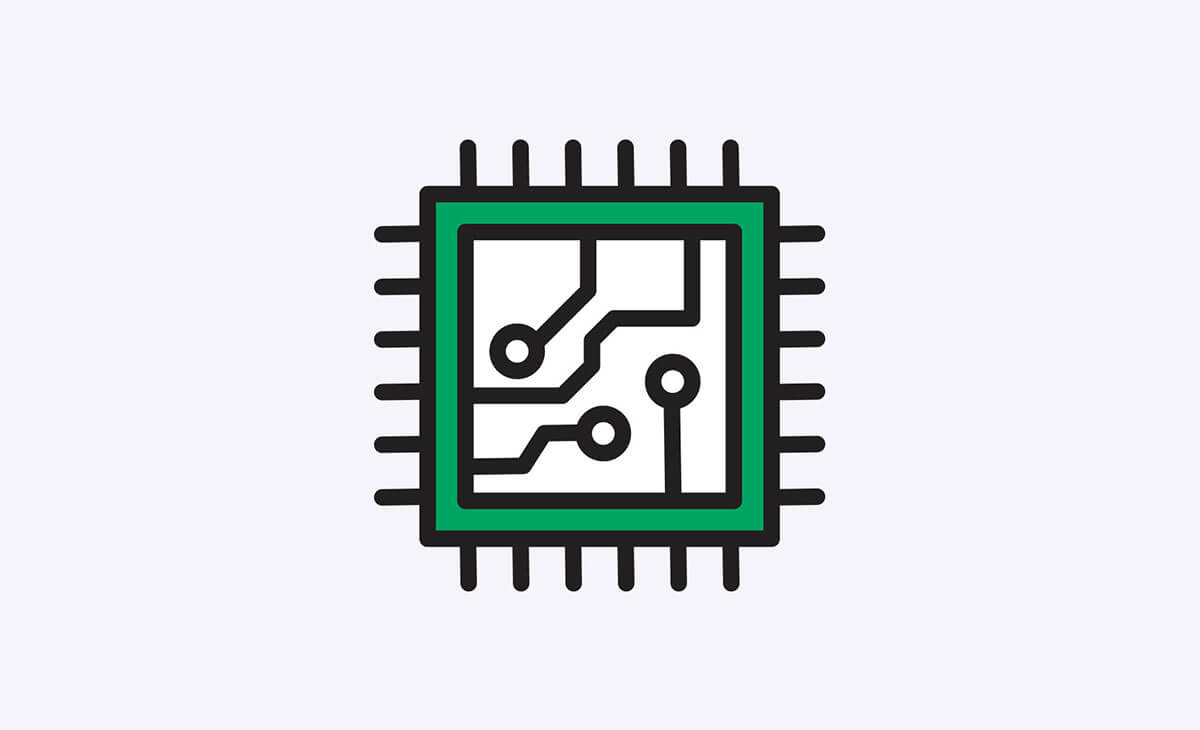Contract Analysis Software
Over the past few years, contract analysis software has become a mainstream solution that clients increasingly expect and request. Yet despite this growth in adoption, professional services teams and their clients often misunderstand the underlying technology. Vendor-created-hype doesn’t help.
While the various technologies behind contract analysis software are complex, the underlying concepts can be broken down into two simple categories of artificial intelligence:
- Systems that apply predetermined rules.
- Systems that train themselves, including:
- training themselves without user supervision; and
- training themselves with user supervision.
Within these AI systems, different techniques are used to achieve the desired results:
- All of these systems will also use natural language processing (sometimes shortened to NLP), since the review of contracts require the ability to process words. However, in our experience, vendors tend to mean “rules” when they use the term “natural language processing”.
- Some of these systems will also use a type of artificial intelligence called deep learning that helps correctly categorize data.
How Does the Technology Work?
Rules-Based Systems
These systems allow for the creation of manual “rules” (such as Boolean search strings) that describe the provisions. The software then finds any language that fits within the parameters of those rules. For example, if a reviewer is looking to find change of control provisions requiring consent, they could create a rule stating that any sentence with the words “change of control” + “without the prior consent of” is a change of control hit.
Unsupervised Machine Learning
Unsupervised machine learning systems study data and automatically group clauses or provisions into buckets that are similar (which may represent standardized language) and those that are outliers. One example of unsupervised ML technology is commonly referred to as “clustering”.
Supervised Machine Learning
In supervised machine learning, an experienced lawyer feeds provisions from real contracts into a system designed to learn from those examples. The system studies this data, learns what language is relevant, and builds probabilistic provision models. The models are then tested against a set of annotated agreements that the system is unfamiliar with in order to determine its readiness.
Numerous Technologies for One Solution
It is helpful to remember that most contract analysis software solutions incorporate a number of different technologies to get the user to the desired result. As previously mentioned, the most common of these is natural language processing, but adoption of deep learning has been increasing in recent years.
Natural Language Processing
Natural language processing looks at how applications can work with human language (as opposed to images, for example). Some types of natural language processing (such as statistical) are subfields of AI, while others are not.
Deep Learning
Deep learning accompanies traditional prediction tasks with the system learning to correctly represent data. For example, classical machine learning might attempt to learn whether an image is of a cat, while deep learning will also attempt to determine what parts of the image make up a cat, such as their tail, whiskers, or eyes.
Contract Analysis Technology: A Head-to-Head
With a clearer understanding of the technology fundamentals, the best way to understand what contract analysis solutions can really do is to look at a concrete example of how different systems approach the same challenge. We’ve taken one of the most common items searched for during due diligence, the change of control provision, and considered the likely results of using each system (including the traditional approach of a simple keyword search, for the sake of comparison).
What’s Going to Work For Me?
Finding the right contract analysis solution always starts with identifying the problem you’re trying to solve. Teams can then move ahead to identify what characteristics of different technology solutions they will find valuable and will provide them with the results they’re looking for. Looking at a list of pros and cons for each type of system can help professionals work through that process.
As you can see, each technology has particular consideration tradeoffs: manual rule systems are easier to set up but have significant result quality limitations; unsupervised machine learning systems can group similar and dissimilar information, but finding targeted information (like instances of a specific clause) is difficult; supervised machine learning systems are very hard for vendors to build well, but can be powerful once up and running. Depending on your preference and your requirements, one system may be better suited for your intended use than the other. It’s important to keep the capabilities and limitations of each system in mind when evaluating contract analysis software to ensure it meets the needs of your clients and organization.
*This article first appeared in the Orange Rag Newsletter from Legal IT Insider:
